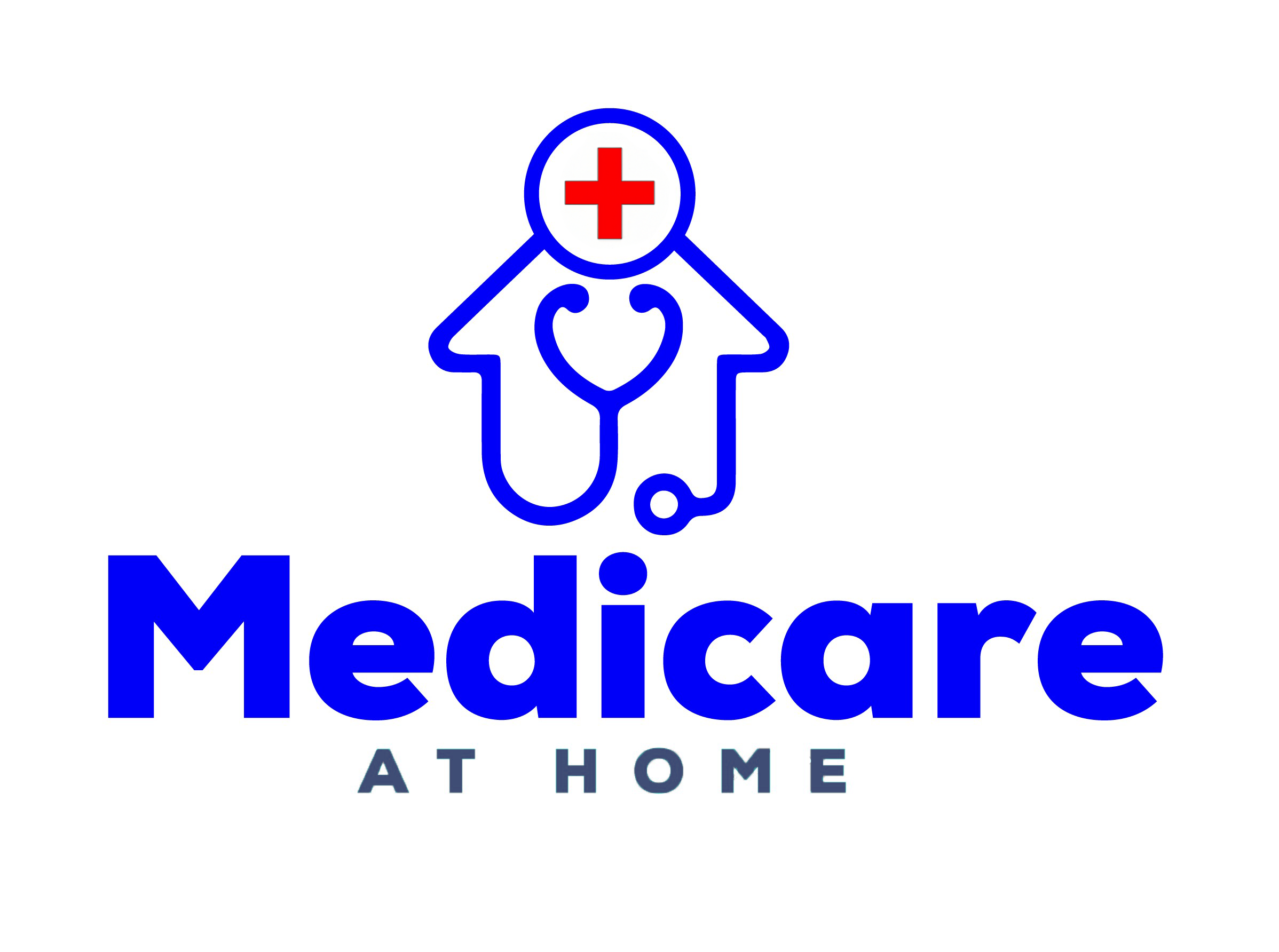Medicare Advantage Overpayments Projected to Surpass $75 Billion in 2023, Study Warns

The Rapid Growth of Medicare Advantage Enrollment and Concerns about Overpayments
Enrollment in Medicare Advantage, the program that allows Medicare beneficiaries to receive healthcare through private insurance companies, has seen rapid growth and now surpasses traditional Medicare enrollment. However, a recent analysis by researchers reveals significant concerns regarding overpayments to Medicare Advantage plans. The study estimates that overpayments currently exceed 20 percent or a staggering $75 billion annually, highlighting the urgent need for reform.
- Favorable Selection: Beneficiaries Switching to Medicare Advantage Demonstrate Lower Healthcare Spending
- Concerns Over the Payment Structure for Medicare Advantage Plans
- The Popularity and Risk Transfer of Medicare Advantage
- Disparities in Spending between Medicare Advantage and Traditional Medicare
- Lower Healthcare Expenditures among Medicare Advantage Beneficiaries
Favorable Selection: Beneficiaries Switching to Medicare Advantage Demonstrate Lower Healthcare Spending
Researchers discovered that beneficiaries who switched from traditional Medicare to Medicare Advantage plans tend to have lower healthcare spending compared to those who remained in traditional Medicare with similar health risks. This pattern of favorable selection significantly exceeds previous estimates made by the Medicare Payment Advisory Commission (MedPAC), which focused on coding practices and quality-based bonuses but did not account for favorable selection.
Concerns Over the Payment Structure for Medicare Advantage Plans
The payment structure for Medicare Advantage, which relies on county-level expenditures derived from traditional Medicare claims data rather than Medicare Advantage expenditure data, is causing concern. The analysis conducted emphasizes that the current structure results in markedly higher overpayments than previously understood, underscoring the need for payment reform.
The Popularity and Risk Transfer of Medicare Advantage
The popularity of Medicare Advantage has grown substantially, with more than half of Medicare beneficiaries now choosing private insurance plans over the traditional program. Medicare Advantage transfers the risk to private insurers, who receive fixed monthly payments per beneficiary. The profitability of Medicare Advantage plans is linked to enrollees’ healthcare service utilization.
Disparities in Spending between Medicare Advantage and Traditional Medicare
While MedPAC estimated that Medicare Advantage plans would be overpaid by $27 billion (6%) in 2023, primarily due to coding differences and excessive-quality bonuses, their projection did not consider the spending disparities between Medicare Advantage and traditional Medicare enrollees.
Lower Healthcare Expenditures among Medicare Advantage Beneficiaries
According to one study, Medicare Advantage beneficiaries demonstrate significantly lower healthcare expenditures compared to those remaining in traditional Medicare with similar risk factors. In 2020, a considerable portion of Medicare Advantage enrollees (11.3 million individuals) had switched from traditional Medicare between 2006 and 2019. Among those who transitioned to Medicare Advantage from 2015 to 2019, payments to plans were twice the expected expenditures.
Proposed Strategies for Improving Medicare Advantage Rate Setting Accuracy
Researchers propose two key strategies to improve the accuracy of Medicare Advantage rate setting. Firstly, they suggest reforming the current payment approach by linking plan rates to the average spending of traditional Medicare beneficiaries. This could involve measures to reduce the impact of coding practices by plans and mandating new data reporting requirements for Medicare Advantage plans to enhance accuracy and comparability with traditional Medicare claims data.
